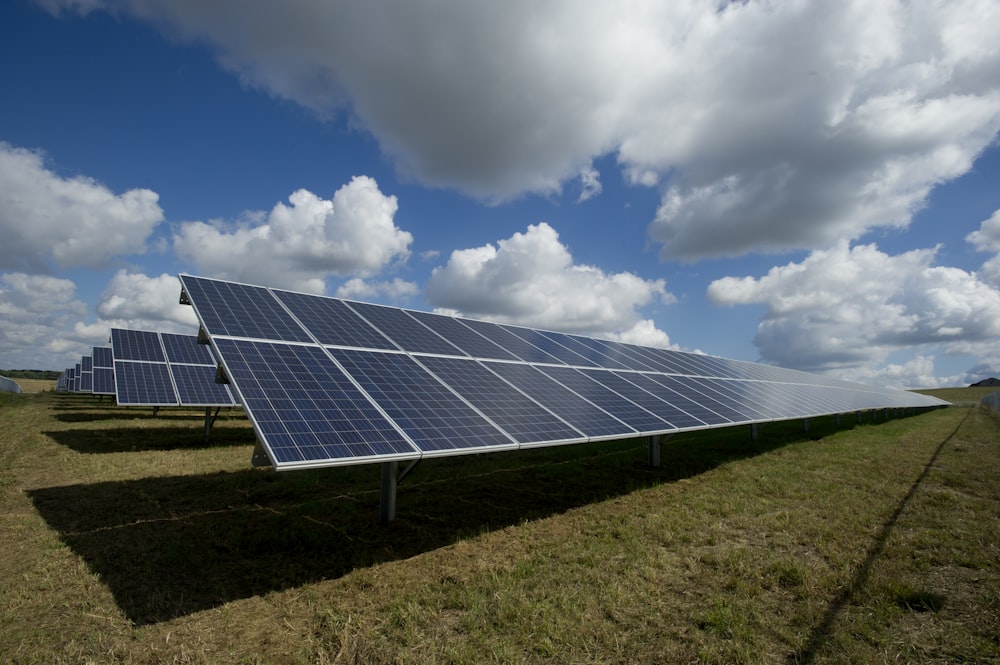Powering Your Camping Trip: A Complete Guide

When planning a camping trip, one of the most overlooked aspects is power management. Whether you're a weekend warrior or a seasoned backcountry explorer, having reliable power can make the difference between an enjoyable adventure and a frustrating experience. In this comprehensive guide, we'll explore all aspects of powering your camping trip, from basic needs to advanced setups.
Understanding Your Power Needs
Before selecting any power solution, you need to assess your actual power requirements. Consider the following:
- Lighting: LED lanterns, headlamps, and campsite lighting
- Communication: Phones, radios, GPS devices
- Cooking: Electric stoves, portable grills (if applicable)
- Entertainment: Speakers, e-readers, tablets
- Specialty Equipment: CPAP machines, camera gear, drones
Power Bank Selection
The foundation of most camping power solutions is a reliable power bank. Here's what to look for:
- Capacity: Measured in mAh (milliampere-hours), choose based on your device needs. A 20,000mAh bank can charge a smartphone 4-5 times.
- Durability: Look for shock-resistant, waterproof designs (IP67 rating or higher).
- Ports: Multiple USB ports allow charging several devices simultaneously.
- Weight: Balance capacity with portability - larger capacity means more weight.
Solar Charging Solutions
For extended trips, solar panels can keep your power banks charged:
- Foldable Panels: Compact when folded, with 20-50W output.
- Efficiency: Monocrystalline panels offer better efficiency than polycrystalline.
- Positioning: Angle panels toward the sun and adjust throughout the day.
- Weather Considerations: Output drops significantly on cloudy days.
Advanced Power Systems
For car camping or base camps, consider more robust solutions:
Portable Power Stations: These all-in-one units combine large battery capacity (100Wh to 1000Wh) with AC outlets, perfect for powering small appliances. Look for models with pure sine wave inverters for sensitive electronics.
Deep Cycle Batteries: Paired with solar panels and a charge controller, these provide serious off-grid power. AGM batteries are maintenance-free and safer than flooded lead-acid.
Power Management Tips
Maximize your available power with these strategies:
- Use airplane mode on phones to reduce battery drain when signal is weak.
- Pre-download maps, music, and entertainment before your trip.
- Bring battery-efficient devices (e-readers instead of tablets for reading).
- Implement a charging schedule to rotate devices efficiently.
- Keep batteries warm in cold weather (they lose capacity when cold).
Emergency Power Solutions
Always have backup options:
Hand-Crank Chargers: These can provide emergency power for small devices.
Battery Cases: For phones, these provide extra capacity without bulk.
Power-Saving Modes: Learn how to enable maximum power saving on all devices.





